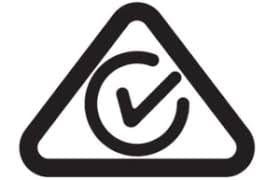
Ensuring compliance with Australian labelling regulations is essential for electronic product manufacturers, suppliers, and importers. The Regulatory Compliance Mark (RCM label) serves as a single compliance mark, replacing the old A-Tick and C-Tick marks. Additionally encompassing the EESS Safety compliance scheme with the same RCM. This move simplifies the process and reduces regulatory costs while ensuring product safety and other regulatory adherence.
PS: We still hear people mention C-Tick which was changed to RCM in the year 2016
The RCM is a trademark jointly owned by the Australian Communications Media Authority (ACMA) and electrical regulators (Regulatory Authorities – RAs).
It signifies that a product complies with the relevant regulations, encompassing both the Electrical Equipment Safety System (EESS) and ACMA’s requirements for ElectroMagnetic Compatibility (EMC), ElectroMagnetic Energy (EME), Telecommunications, and Radiocommunication. It’s important to note that the RCM is neither a quality indicator nor a certification mark; rather, it denotes compliance with applicable standards.
Ensures compliance with electrical safety regulations. Under EESS the electrical equipment is categorised into three levels based on risk—Level 1 (low risk), Level 2 (medium risk), and Level 3 (high risk). Each level has specific compliance and registration requirements.
Ensures compliance with ElectroMagnetic Compatibility (EMC), Radiocommunications, Telecommunications, EME & electrical Safety for Telecom products standards.
These standards provide general requirements for the use of the RCM, including the location of the marking on the equipment and its dimensional specifications.
The RCM label is a symbol that represents compliance with two independent schemes:

Generally, all products ACMA and EESS regulates need a label to show they comply with the requirements. Certain cabling products, including cables, connectors, distributors, and patch panels, may be exempt under specific conditions. It’s crucial to verify whether a product falls under these exemptions to ensure proper compliance.
Identify the applicable ACMA and EESS rules relevant to the product. This involves understanding the product’s classification level and the corresponding standards it must meet.
Conduct necessary testing and gather compliance documentation, including:
Keep documentation accessible for regulatory authorities.
Registering in the EESS database as a Responsible Supplier is mandatory. This registration links the supplier to the products they supply, ensuring traceability and accountability. The registration process involves providing details about the supplier and the products and paying any applicable fees.
The manufacturer, supplier, or importer must ensure that the RCM label is applied correctly. The following methods are acceptable:
Suppliers intending to label products under ACMA regulations must register in the EESS Registration Database as a “Responsible Supplier.” Those registering solely for ACMA purposes do not need to enter product details, and no registration fee applies.
While both the ACMA and EESS schemes use the RCM, they operate independently. ACMA covers telecommunications and EMC compliance, whereas EESS focuses on electrical safety. Suppliers should consult experts, such as C-PRAV, for jurisdiction-specific requirements.
Understanding and complying with Australian labelling requirements ensures product safety, regulatory adherence, and market acceptance. By following the correct procedures for RCM labelling, businesses can avoid legal risks and enhance consumer confidence in their products.
Click here to know about the Approval Process for Australia
Click here to know about the Approval Process for the Canadian Market
Click here to know about the CCC certifications
Click here to know everything about European Type Approval
Click here to know everything about Type Approval for Fiji
Click here to know everything about Type Approval for Hong Kong
Click here to know everything about India Approvals
Click here to know everything about Type Approval for Japan
Click here to know everything about Type Approval for Malaysia
Click here to know everything about Type Approval for Saudi Arabia
Click here to know everything about ICASA for South Africa
Click here to know everything about Taiwan Type Approval
Click here to know everything about Type Approval for USA